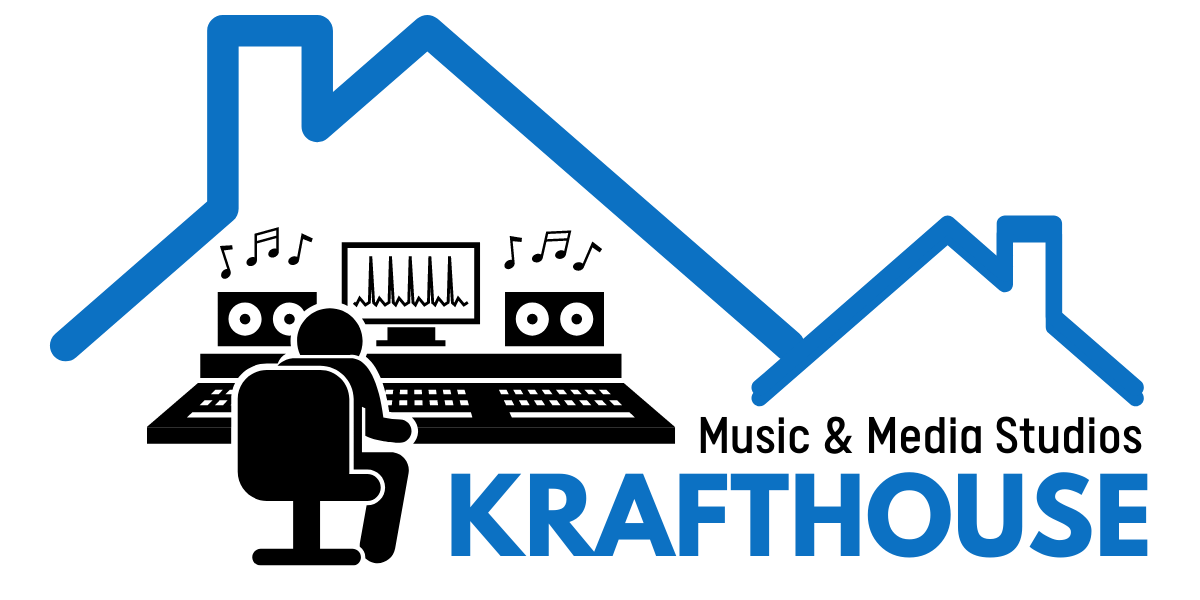Making music is the passion, but turning that passion into income is the challenge. Too many artists rely solely on streaming revenue, only to realize it barely covers the cost of their studio time. If you want a long-term, sustainable career, you need multiple income streams. The music industry has changed—artists today aren’t just selling albums, they’re selling experiences, services, and digital assets. Whether you’re independent or signed, understanding how to monetize your music properly can be the difference between a hobby and a full-time career.
Streaming revenue gets all the attention, but it shouldn’t be your only source of income. Platforms like Spotify, Apple Music, and Tidal pay out based on total streams, but unless you’re pulling in millions of plays, the earnings are minimal. Instead of focusing only on streams, treat streaming as a discovery tool that leads fans to other revenue streams. Make sure your streaming presence is optimized—high-quality cover art, proper metadata, and smart playlisting can help increase your exposure.
One of the most overlooked income streams is direct-to-fan sales. Selling digital downloads, exclusive tracks, and signed copies of physical albums on Bandcamp, Gumroad, or your own website gives you a much bigger cut than streaming platforms. Many fans are willing to pay for early access, instrumental versions, or special edition releases. Pairing your music with merch—like hoodies, hats, and posters—also increases your earnings per fan. If they love your music, they’ll want to support your brand.
Live performances are still one of the biggest money-makers for artists. Even if you’re not selling out arenas, local shows, private events, and livestream concerts can generate steady income. Websites like StageIt, Twitch, and Patreon allow artists to host exclusive live performances with paid access. Partnering with local venues, festivals, and promoters can also increase your reach while putting cash in your pocket. Never underestimate the power of live music—it builds your fanbase and strengthens your brand. ️
Sync licensing is another game-changer. Getting your music placed in films, TV shows, commercials, video games, and social media ads can generate serious money. Platforms like Songtradr, Musicbed, and Epidemic Sound connect artists with brands looking for music. Licensing deals often pay upfront fees plus royalties, meaning you get paid when your song is used and every time it airs. The best part? Even independent artists can land placements with the right strategy.
Teaching and coaching are underrated ways to monetize your music skills. If you know how to produce, mix, or play an instrument, you can make money by offering online lessons, in-person coaching, or selling digital courses. Platforms like Teachable, Udemy, and even YouTube memberships allow artists to generate revenue by teaching what they know. Your expertise is valuable, and aspiring artists will pay to learn from someone with real experience. ️
Finally, NFTs and blockchain-based music distribution are changing the game. Selling your music as limited-edition digital assets gives fans a way to own exclusive content, while artists can set their own prices and collect resale royalties. While NFTs are still a developing market, artists like Tory Lanez and Kings of Leon have successfully used them to earn millions. Blockchain platforms like Audius are also giving artists more control over their earnings.
At Krafthouse, we don’t just focus on making great music—we help artists turn their passion into profit. Whether it’s setting up a direct-to-fan store, learning sync licensing, or optimizing streaming revenue, there are countless ways to monetize your music beyond just streaming. If you want a sustainable career, diversify your income and create long-term value from your craft.
